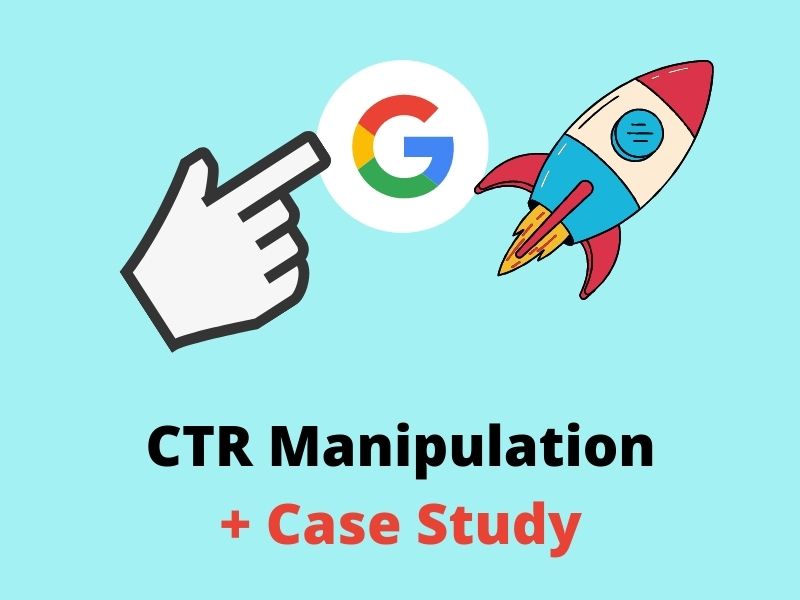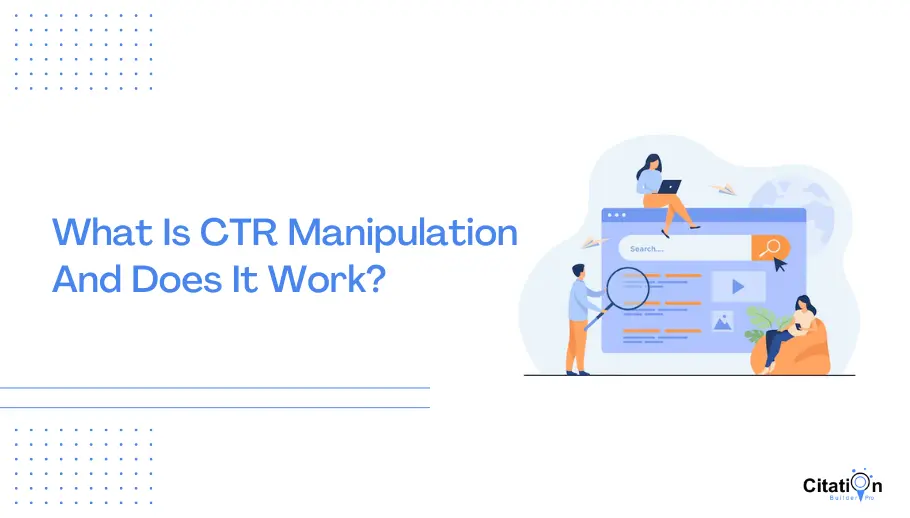Enhancing Organic Click-Through Fees With CTR Adjustment
The optimization of organic click-through prices (CTR) is a nuanced undertaking that pivots on comprehending both individual psychology and efficient content presentation. The landscape is rife with misunderstandings and oversimplifications about what absolutely drives CTR.
Recognizing Click-Through Rates
Recognizing click-through rates (CTR) is crucial for reviewing the performance of on the internet advertising strategies. CTR measures the percent of customers that click a details web link or ad compared to the overall variety of users who watch it. A greater CTR indicates that the web content is involving and relevant to the target market, while a lower CTR may signify a demand for optimization.
To determine CTR, divide the variety of clicks by the variety of impacts and increase by 100. For example, if an advertisement receives 300 clicks out of 10,000 perceptions, the CTR would be 3%. This statistics is important for assessing numerous elements of digital marketing, consisting of seo (SEARCH ENGINE OPTIMIZATION), e-mail projects, and social networks advertising.
Moreover, assessing CTR aids marketing experts identify which techniques produce the very best results and which require refinement. By concentrating on improving CTR, businesses can enhance their content's exposure and efficiency, leading to enhanced web traffic and potential conversions. Comprehending the nuances of CTR is foundational for any kind of marketing professional aiming to optimize their on the internet visibility and optimize roi (ROI)

The Psychology of Customer Habits
Customer behavior is substantially influenced by psychological aspects that determine just how individuals engage with on-line material. Recognizing these elements is crucial for optimizing click-through rates (CTR) in natural search results page. Cognitive predispositions, such as the anchoring impact, play an essential role in forming individuals' understandings. When customers encounter details, their initial impressions can greatly influence their subsequent judgments concerning significance and reliability.
Psychological reactions also substantially impact user habits. Content that reverberates mentally can set off a feeling of necessity or curiosity, prompting users to click. Furthermore, social proof-- such as user evaluations or rankings-- can enhance trust fund and motivate interaction, as people often want to the behaviors of others to inform their own decisions.
In addition, the principle of scarcity can drive clicks - CTR Manipulation. Limited-time deals or unique material produce a worry of missing out (FOMO), compelling customers to act promptly. Understanding these emotional drivers makes it possible for online marketers to produce even more engaging content that reverberates with their target market
Reliable CTR Adjustment Methods
Leveraging emotional insights can considerably boost click-through rates (CTR) with targeted manipulation techniques. Among the most reliable methods is the use of engaging headings that stimulate inquisitiveness or necessity. Wording titles as questions or integrating numbers can draw in more focus, prompting individuals to click.
Another strategy includes enhancing meta descriptions to create a sense of importance and immediacy. By plainly describing the options or benefits given in the content, you can engage potential visitors and encourage them to click. Furthermore, using power words-- such as "unique," "verified," or "complimentary"-- can boost the charm of your material.
Visual components also play an important duty. Including distinctive photos or thumbnails can draw customers in and improve CTR. A/B screening various visuals can aid recognize which photos reverberate finest with your target market.
Lastly, ensuring that your content promises deliverable worth causes greater CTR. When individuals view that clicking will supply them with purposeful understandings or options, they are a lot more likely to involve. By employing these techniques attentively, marketing experts can effectively manipulate CTR to their advantage while keeping ethical requirements.
Usual Myths Concerning CTR
Numerous misunderstandings border click-through rates (CTR) that can lead marketing experts to make misdirected decisions. One widespread misconception is that a greater CTR always converts to much better efficiency. While a high CTR recommends that more individuals are clicking, it does not assure conversions or sales. Ultimately, the efficiency of website traffic depends upon the quality of the touchdown page and the importance of the material.
Another usual belief is that CTR is a separated metric. In truth, CTR should be reviewed in conjunction with various other performance signs, such as bounce price and conversion rate, to acquire a holistic sight of campaign success.
In addition, some marketing professionals presume that enhancing for CTR alone is sufficient. Nonetheless, focusing specifically on CTR can result in clickbait methods that might bring in clicks yet fail to involve users meaningfully. This approach can damage brand name online reputation and result in lower retention rates
Finally, there is a notion that CTR approaches are widely reliable. The reality is that optimum CTR tactics can differ substantially across sectors and target audiences, necessitating customized strategies for different market sections. Comprehending these misconceptions is crucial for developing efficient CTR strategies that align with overarching advertising and marketing objectives.
Measuring CTR Success
Although high click-through prices (CTR) can show effective engagement with content, measuring their real success calls for an Visit This Link extensive evaluation of several factors. First, it is necessary to recognize the context in which the CTR is attained. For circumstances, a high CTR on a deceptive title may not translate to purposeful involvement or conversions, eventually mirroring inadequately on the brand's trustworthiness.
Second, evaluating the resource of website traffic is crucial. Organic website traffic from internet search engine can symbolize a durable web content technique, while clicks from unimportant sources may show a lack of targeting. In addition, determining the subsequent user behavior is vital; analyzing metrics such as bounce rate, time spent on web page, and conversion rates can provide deeper understandings into the high quality of the interaction initiated by the CTR.

Verdict

The optimization of natural click-through prices (CTR) is a nuanced venture that pivots on recognizing both user psychology and reliable content presentation. CTR determines the percent of customers who click on a specific link or promotion compared to read review the total number of users who see it. A greater CTR suggests that the material is involving and relevant to the target audience, while a reduced CTR might signal a demand for optimization.
Concentrating specifically on CTR can lead to clickbait strategies that might attract clicks yet stop working to engage individuals meaningfully. Furthermore, determining the succeeding individual habits is crucial; evaluating metrics such as bounce price, time spent on web page, and conversion rates can provide much deeper insights right into the quality of the engagement launched by the CTR.